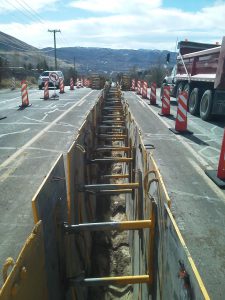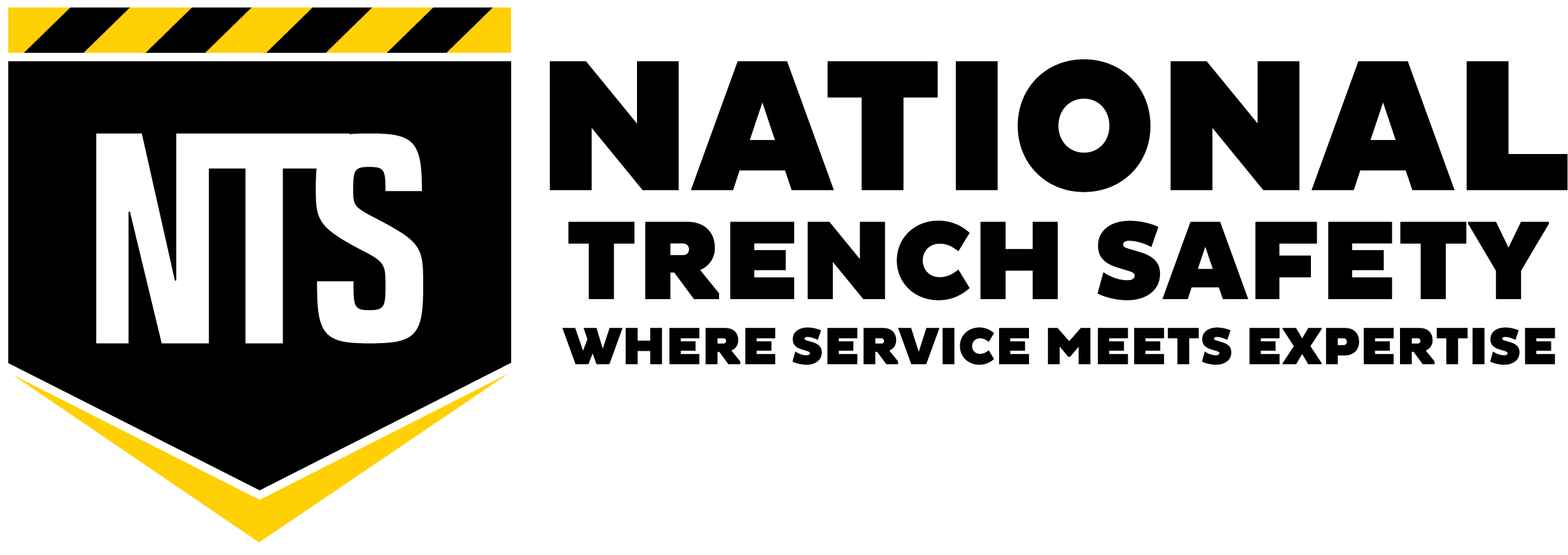Knowledge Article: Legal Responsibility and Liability of the Competent Person
First, I am not an attorney and I am not giving or providing legal advice here, but I will try to address some questions many of us deal with in our industry today. A routine  question that I receive when instructing or attending a Competent Person for Excavation Safety training seminar is if the Competent Person can be held liable for accidents that occur under his or her watch.
question that I receive when instructing or attending a Competent Person for Excavation Safety training seminar is if the Competent Person can be held liable for accidents that occur under his or her watch.
The answer is yes, if the Competent Person is negligent. Negligence has to do with knowing what must be done and then not doing it. Another aspect of negligence is taking reasonable care to prevent injury to others. The simple fact is that while the OSHA regulations are written to prevent accidents, the regulations can also be used to prosecute responsible parties in the event of negligence. This personal element of liability is why it is extremely important to understand the language used in the OSHA Subpart P Excavations standard. For example, we’ll walk through what may be considered by some as a legal interpretation of the following passage:
1926.651(b)(1) The estimated location of utility installations, such as sewer, telephone, fuel, electric, water lines, or any other underground installations that reasonably may be expected to be encountered during excavation work, shall be determined prior to opening an excavation.
The normal response to fulfilling this requirement is to notify the one-call system and any other entity that may have utility lines in the vicinity of the project. This is the first step; however, it alone is not enough. The phrase “reasonably may be expected” expands the responsibility to include the use of reasoning to anticipate unmarked utilities. A person experienced in water and sewer line installation work in existing city streets knows that in most cases, every building has electric and gas service going from the street to the building. He has a reasonable expectation that the line is there and if it is not marked on the street by the utility owner he would still have to verify where it is or more importantly, that it does not exist underground, before digging. In the event of an accident the excuse “that it was not marked” is simply not good enough. In court, a lawyer may argue that if the person acting as the Competent Person should have had knowledge the line could reasonably exist through his experience and the fact that knowledge was not used could make the Competent Person negligent.
Based on the OSHA standard, the Competent Person is the last person in the field responsible for looking for and identifying hazards prior to beginning excavation. The Competent Person must walk the site and think through all possible scenarios given the Competent Person’s experience and training.
The Competent Person should also understand that in the event of an accident, the employer may be cited and fined by the OSHA; however, in most cases, unless negligence is found to have been in play, workers compensation law prevents the employer from being held liable for accidents. The injured worker is allowed to sue the project owner and any individual involved if those parties can be found to be negligent and that negligence contributed to the incident.
The Competent Person, as per the OSHA excavation standard is the contractor’s authorized party to ensure excavation work proceeds to the OSHA standard and does so safely. In the event unsafe conditions are encountered the Competent Person is also responsible to take prompt and corrective action. All Competent Persons should have a combination of field experience and education to meet those duties. As such, acting as the Competent Person is a very important responsibility and one that requires constant assessment of risks to prevent incidents from occurring.
About the Author:
Joe Turner, P.E. serves as National Trench Safety’s Director of Engineering, Research and Product Development. Mr. Turner is one of the most recognized figures in the trench safety industry, having provided trench safety plans for the last 20 years. Among his many accomplishments, is the book Excavation Systems, Design, Planning and Safety, which was published by McGraw-Hill in 2008 and is still used today as a reference for many students and professionals regarding proper engineering techniques.
DISCLAIMER: the information contained in this article is provided for general and illustrative purposes only and is not to be considered Site Specific and or designated engineering for any project or work zone, nor is it to be used or consider to be tabulated data, technical data, advice and or counsel to be used on any jobsite. Each project is different and is the responsibility of the employer’s designated Competent Person to make decisions upon what systems and methods may be used in compliance with the federal and local regulations, manufactures tabulated data, engineered drawings and other plans.





